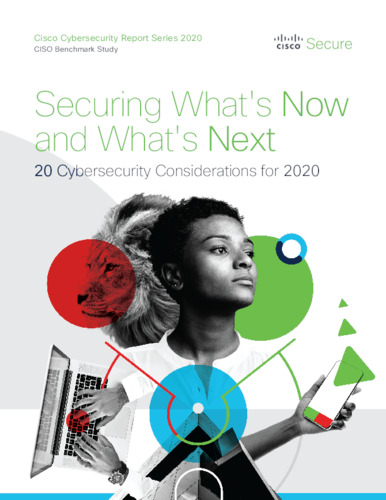Trends in Security Information
The HSD Trendmonitor is designed to provide access to relevant content on various subjects in the safety and security domain, to identify relevant developments and to connect knowledge and organisations. The safety and security domain encompasses a vast number of subjects. Four relevant taxonomies (type of threat or opportunity, victim, source of threat and domain of application) have been constructed in order to visualize all of these subjects. The taxonomies and related category descriptions have been carefully composed according to other taxonomies, European and international standards and our own expertise.
In order to identify safety and security related trends, relevant reports and HSD news articles are continuously scanned, analysed and classified by hand according to the four taxonomies. This results in a wide array of observations, which we call ‘Trend Snippets’. Multiple Trend Snippets combined can provide insights into safety and security trends. The size of the circles shows the relative weight of the topic, the filters can be used to further select the most relevant content for you. If you have an addition, question or remark, drop us a line at info@securitydelta.nl.
visible on larger screens only
Please expand your browser window.
Or enjoy this interactive application on your desktop or laptop.
The overwhelming number of security alerts is having an impact on cybersecurity fatigue
Defined as virtually giving up on proactively defending against malicious actors, 42% of respondents are suffering from cybersecurity fatigue.
The overall number of daily alerts you are dealing with has increased over previous years. In 2017, 50% of organizations were receiving 5,000 or fewer daily alerts; now only 36% are in this category. And the amount of organizations who receive 100,000 or more daily alerts has grown from 11% in 2017 to 17% in 2020.
Perhaps because of this increase in volume and the processing resources needed, alert investigation is at its lowest level in over four years at just under 48%. (The number was 56% in 2017, and it’s been decreasing every year since.) The rate of legitimate incidents at 26% is consistent year-over-year and suggests that many investigations are turning up false positives.
On a positive note, the number of legitimate threats that are remediated has improved since last year’s report, and we’re now back to 2017 levels at 50%. However, this still means that half of all real incidents are being left unattended.
To deal with the increasing noise and volume of alerts, we advocate for an approach that has automation at its heart. Automation enables policies to be enforced more consistently, quickly, and efficiently. When a device is determined to be infected or vulnerable, it’s automatically quarantined or denied access with no action required from an administrator.
Of those who say they are suffering from cyber fatigue, 93% of them receive more than 5,000 alerts every day.
Defined as virtually giving up on proactively defending against malicious actors, 42% of respondents are suffering from cybersecurity fatigue.
The overall number of daily alerts you are dealing with has increased over previous years. In 2017, 50% of organizations were receiving 5,000 or fewer daily alerts; now only 36% are in this category. And the amount of organizations who receive 100,000 or more daily alerts has grown from 11% in 2017 to 17% in 2020.
Perhaps because of this increase in volume and the processing resources needed, alert investigation is at its lowest level in over four years at just under 48%. (The number was 56% in 2017, and it’s been decreasing every year since.) The rate of legitimate incidents at 26% is consistent year-over-year and suggests that many investigations are turning up false positives.
On a positive note, the number of legitimate threats that are remediated has improved since last year’s report, and we’re now back to 2017 levels at 50%. However, this still means that half of all real incidents are being left unattended.
To deal with the increasing noise and volume of alerts, we advocate for an approach that has automation at its heart. Automation enables policies to be enforced more consistently, quickly, and efficiently. When a device is determined to be infected or vulnerable, it’s automatically quarantined or denied access with no action required from an administrator.


